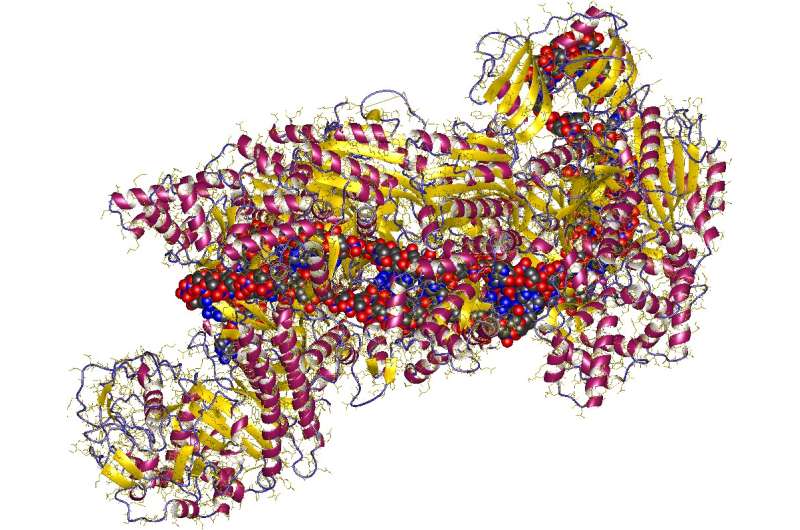Cracking the CRISPR code to find the 'passwords' that unlock its full potential

Gaby Clark
scientific editor

Robert Egan
associate editor

One of the most revolutionary tools in cutting-edge medicine is a molecular scalpel so precise that it can modify defective DNA and fix genetic diseases like sickle cell anemia, and chronic disorders like cardiovascular diseases and certain cancers.
The tool's called CRISPR, or Clustered Regularly Interspaced Short Palindromic Repeats, an ingenious genetic engineering technique in molecular biology that enables targeted modification of the genomes of living organisms.
But there's a hitch: CRISPR needs a password, a specific DNA signal called a PAM (protospacer adjacent motif), located next to the target gene, before it can make a cut.
No password, no edit
"It's like the first step in a 2-factor authentication system. The second authentication, for example via a mobile phone, will be initiated only after a password matches," explains Professor Zheng Zongli of the Department of Biomedical Sciences at City University of Hong Kong (CityUHK). "The problem is that identifying the passwords for a certain CRISPR tool is a major stumbling block in discovering and characterizing the CRISPR tool."
However, Professor Zheng's team has cracked the code, as reported in the article "GenomePAM directs PAM characterization and engineering of CRISPR-Cas nucleases using mammalian genome repeats" recently in Nature Biomedical Engineering.

The codebreaking works like this. The GenomePAM method maps CRISPR's passwords directly in human cells. Instead of relying on artificial systems that are often limited (e.g., testing 1 to 3 sequences in every 10 cells due to Poisson distribution), GenomePAM uses the natural random codebook next to repeating patterns in our own DNA (over 10,000 sequences in every single cell) to rapidly and accurately call which PAM sequences a CRISPR tool will recognize. And, while traditional methods can typically guess up to 4- to 6-letter passwords, GenomePAM can call at least 10 letters easily.
"GenomePAM allows us to understand how well a CRISPR tool works and, crucially, considering all possible PAMs, how precise it might cut in the genome. That's essential for making gene editing therapies safer," Zheng says.
The implications for biomedical research are really promising. By knowing the passwords of a CRISPR tool, GenomePAM helps fill up a rich toolbox. Unlike older methods that rely on bacteria or test tubes, GenomePAM works directly in human cells, delivering more accurate, clinically relevant results. The technology can slash the time taken to generate new tools for treatments and will support researchers in their quest to design smarter, more flexible CRISPR systems that work across a range of genetic targets.
So, does this research mean previously untreatable diseases are tantalizingly within reach?
Professor Zheng reins in expectations, for now.
"What we can say is that GenomePAM can greatly accelerate the development of gene editing tools, thereby advancing precision gene editing and clinical drug development," he says.
More information: Miao Yu et al, GenomePAM directs PAM characterization and engineering of CRISPR-Cas nucleases using mammalian genome repeats, Nature Biomedical Engineering (2025).
Journal information: Nature Biomedical Engineering
Provided by City University of Hong Kong

















